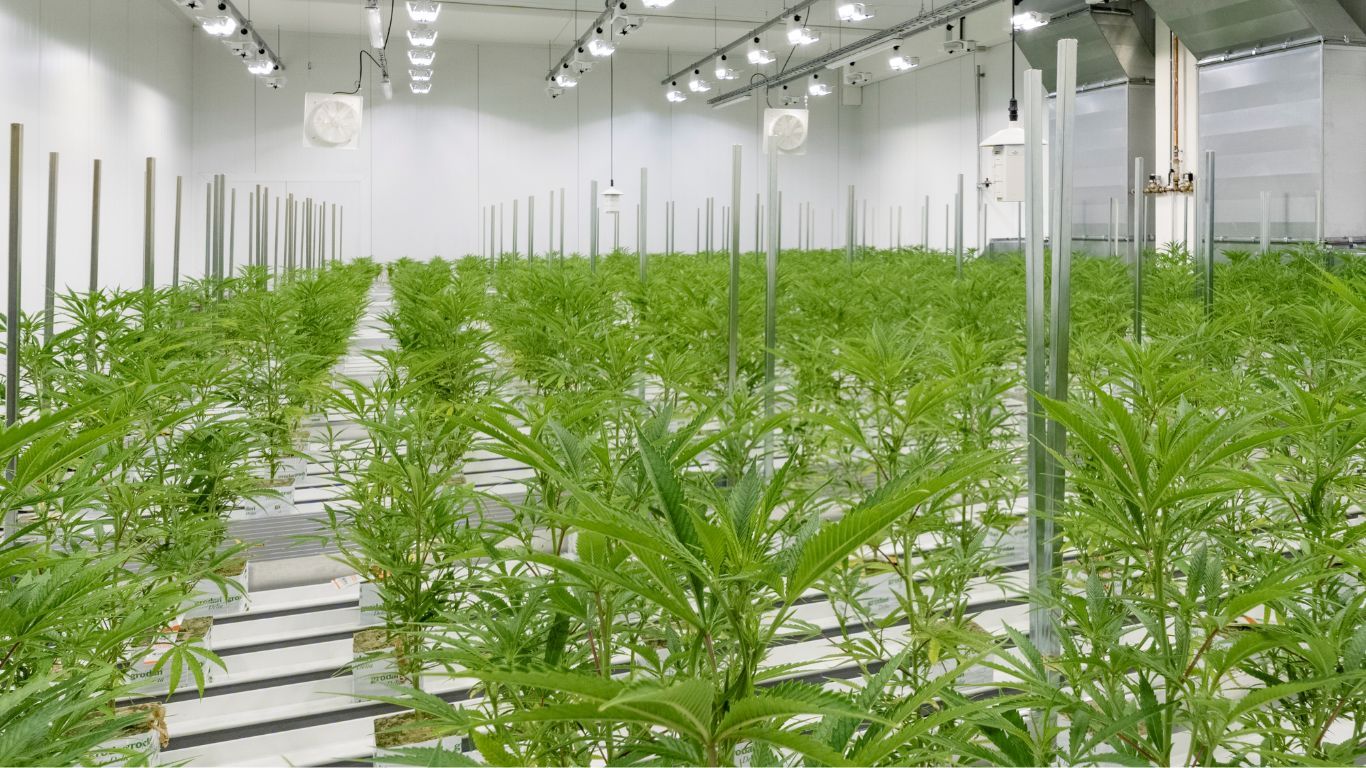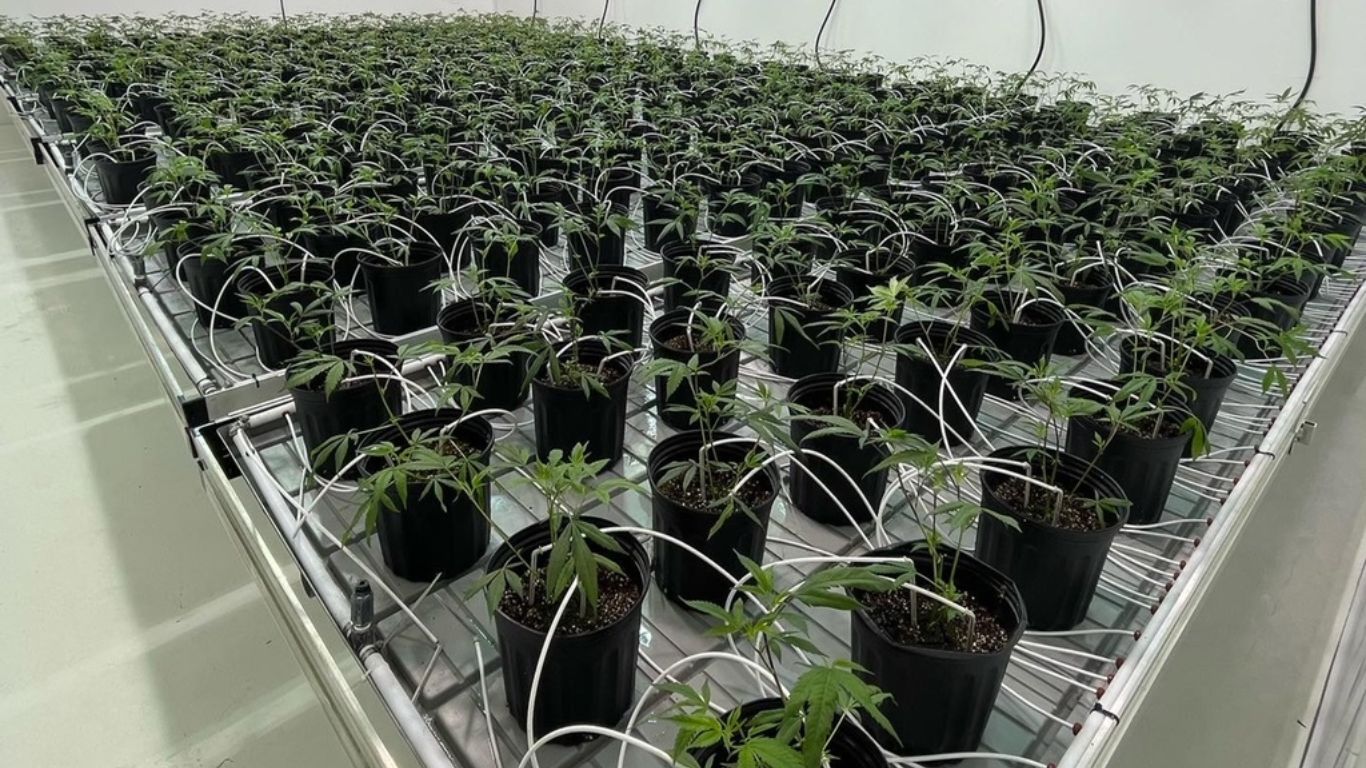
Men in Atlantic Canada are the most likely to grow cannabis at home.
Statistics Canada released new data today on home cultivation that looks at its impact on Canada before and after legalization.
The research shows that those most likely to grow their own cannabis at home remained relatively unchanged since legalization, with some demographics showing a slight increase or decrease.
Those most likely to do so are male, 35-55 years of age, and living in Atlantic Canada, followed by British Columbia and Ontario. Reported home cultivation was the least common in the Prairies. Home cultivation is not allowed in Manitoba and Quebec. Both provinces are facing court challenges to this prohibition.
Although men were more likely to cultivate cannabis at home, the number of women who reported doing so increased since legalization. The number of Canadian men over the age of 55 who reported growing their own cannabis at home actually declined since legalization.
Home cultivators are more likely to consume cannabis for medical (or a combination of medical and non-medical) reasons on a daily or almost daily basis and report “smoking” as their primary consumption method.
Previously available data from 2019 shows that nearly 10% of Canadians who use cannabis either grow it themselves or have someone else grow it for them, which would include those within the medical cannabis program in Canada.
More specifically, the recent data covered in this research shows that approximately 5.2% of people who use cannabis reported growing it at home post-legalization. This is somewhat higher than those who reported doing so pre-legalization (4.8%).
Although the researchers behind the report are not certain why Atlantic Canada saw higher rates of home cultivation, they speculate that a lower amount of legal cannabis stores in the region could be a determining factor compared to other provinces that allow home cultivation.
Home cultivation was also correlated with workplace use of cannabis, but not cannabis-impaired driving. Interestingly, the report also notes that a recent study found that home cultivation laws are associated with reductions in workplace fatalities.
The study itself is based on seven “waves” of the National Cannabis Survey, dating from 2018 to 2019. Descriptive statistics were used to analyze home cultivation across several individual and sociodemographic characteristics pre-and post-legalization. That data was then examined to see if home cultivation is correlated to selected cannabis-related risks.
The survey’s target population was non-institutionalized Canadians aged 15 years or older with a sample size of approximately 6,000 respondents for each wave. This was then stratified by province to allow for provincial estimates. The response rate was, on average, 50%.
While the research found that home cultivation is associated with workplace use, they also note that this might not necessarily translate to a greater risk of harm, arguing that it is possible that cannabis is being used medically by workers who are using low THC products.
The report concludes that future research is needed to examine how and why home growers are at an increased risk of using cannabis in the workplace.
The impact of home cannabis cultivation is also part of Health Canada’s mandated three-year review of the Cannabis Act which was due to begin in October 2021. The federal agency has not yet released this review but is expected to later this month.
Editor’s note: This article mistakenly stated that home cultivation of cannabis is banned in Saskatchewan and Manitoba. This was incorrect. It is currently banned in Manitoba ad Quebec.












